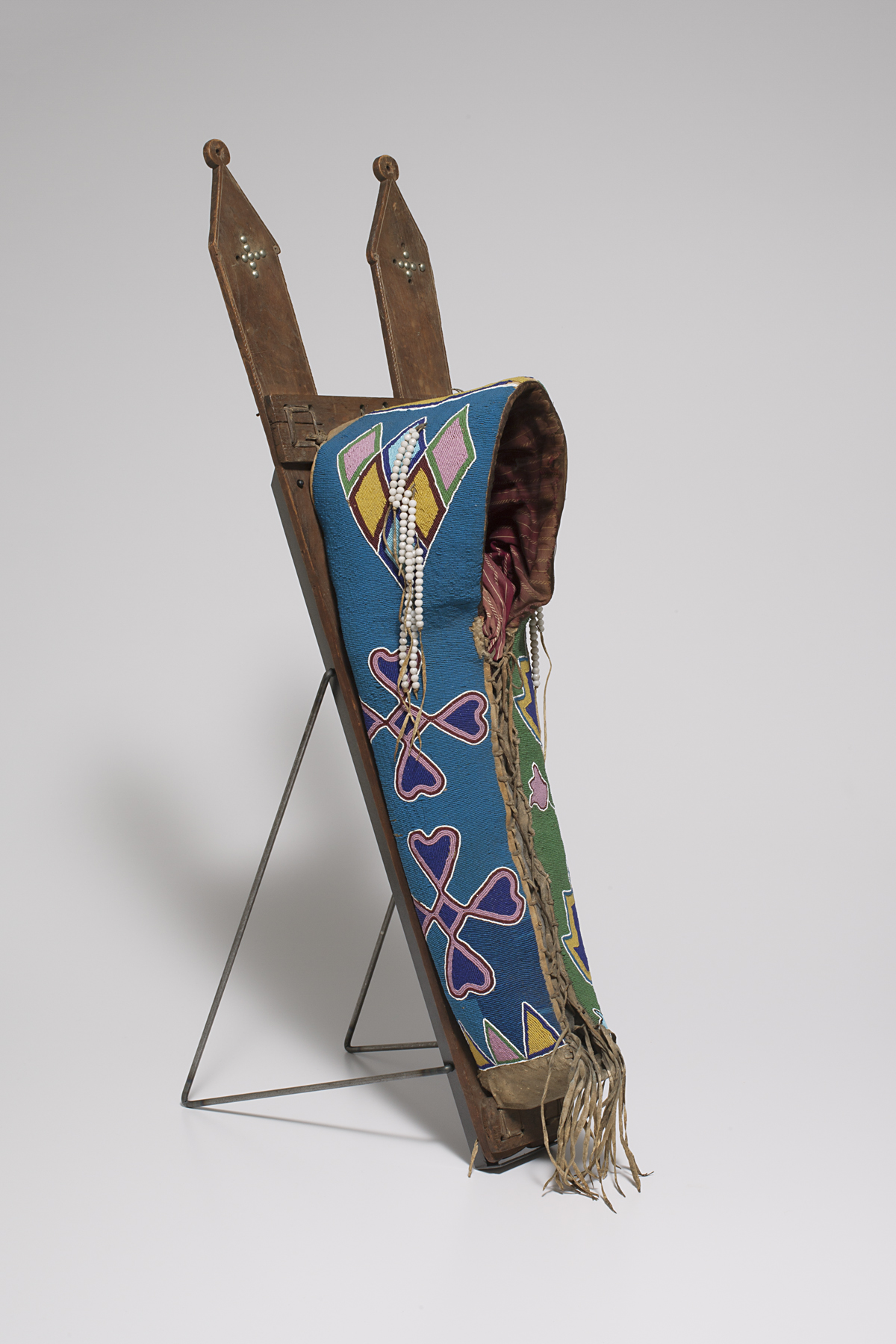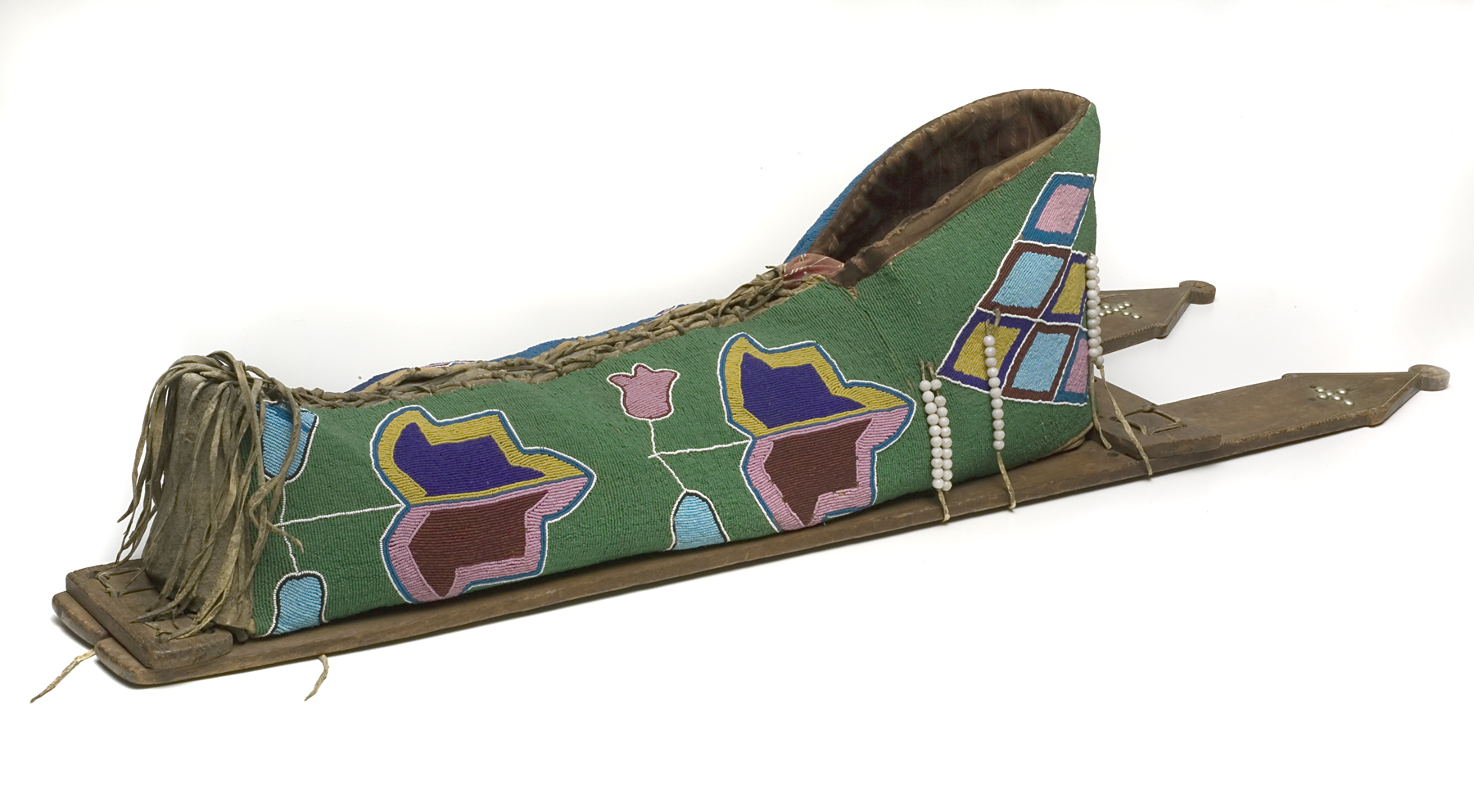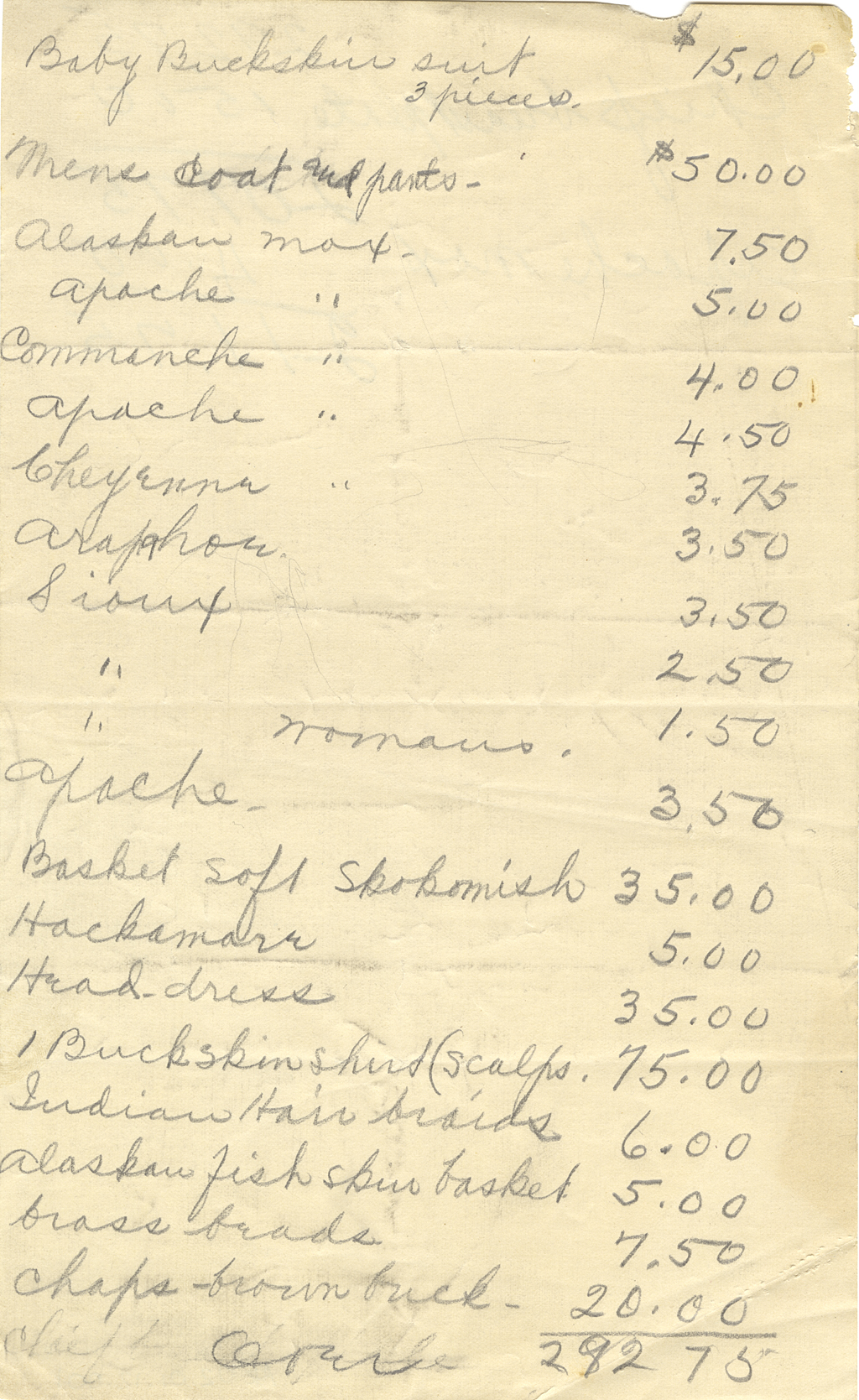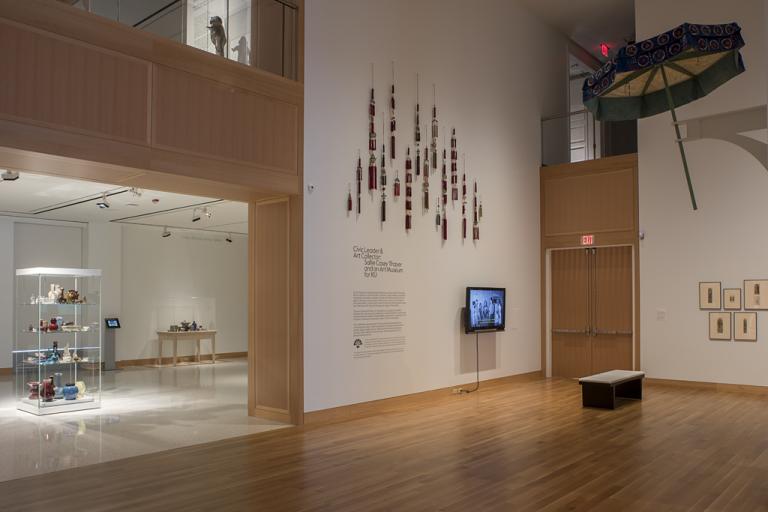cradleboard, unrecorded Ka’igwu artist
Artwork Overview
cradleboard,
late 1800s–1928
Where object was made: United States
Material/technique: beading; wood; buckskin; metal; cloth; incising
Dimensions:
Object Height/Width/Depth (Height x Width x Depth): 114 x 34 x 26 cm
Object Height/Width/Depth (Height x Width x Depth): 44 7/8 x 13 3/8 x 10 1/4 in
Object Height/Width/Depth (Height x Width x Depth): 114 x 34 x 26 cm
Object Height/Width/Depth (Height x Width x Depth): 44 7/8 x 13 3/8 x 10 1/4 in
Credit line: William Bridges Thayer Memorial
Accession number: 2007.2310
Not on display
If you wish to reproduce this image, please submit an image request










